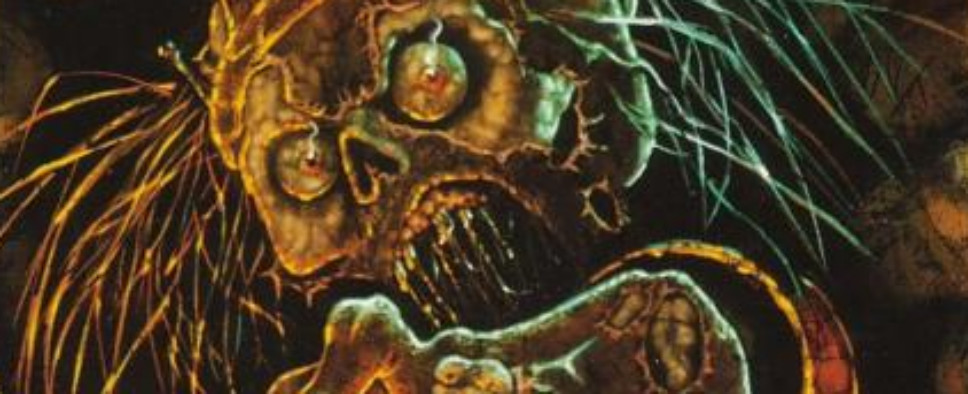Deep in the Dungeons of Daggerfall
-
Category: News ArchiveHits: 2320

Rock, Paper, Shotgun's Adam Smith has penned an editorial in which he compares the dungeons of Daggerfall with Dark Souls' overall level design. While there's a multitude of differences between the two games' approach to dungeon crawling, he nonetheless identifies a number of similarities in their attitudes and goals:
Are the dungeons of Daggerfall a mark of good design? Not entirely. They're too haphazard and visually bland to trigger great stores of imagination. I began with a reflection on Dark Souls and its brethren because its treatment of place and placement is almost entirely the inverse of the early Bethesda experiment. Physically, the vertical layers and connected areas of From's games are a direct inversion of Daggerfall's subterannean muddle.
There are no exterior views of the dungeon architecture, apart from the mindboggling maps created during exploration, and they exist apart from the world rather than extruding from it. Their randomised structre and population are also at odds with the carefully crafted locations in Dark Souls, in which every enemy is positioned with knife-edge precision. But, despite those fundamental differences, there is a connection.
Both designs show an unwillingness to fill an existing template with treasure and threats. Neither game treats dungeons as mere troves or sets of puzzles and traps, choosing instead to imprint a sense of mystery and uncertainty. These are not places in which parties of adventurers go through familiar motions to wend their way to a glowing chest of goodies guarded by a monstrous villain they are places for lone wanderers to lose themselves, the thread that leads home and their lives. They make these imagined worlds far richer and far stranger than a library of lore ever could.

